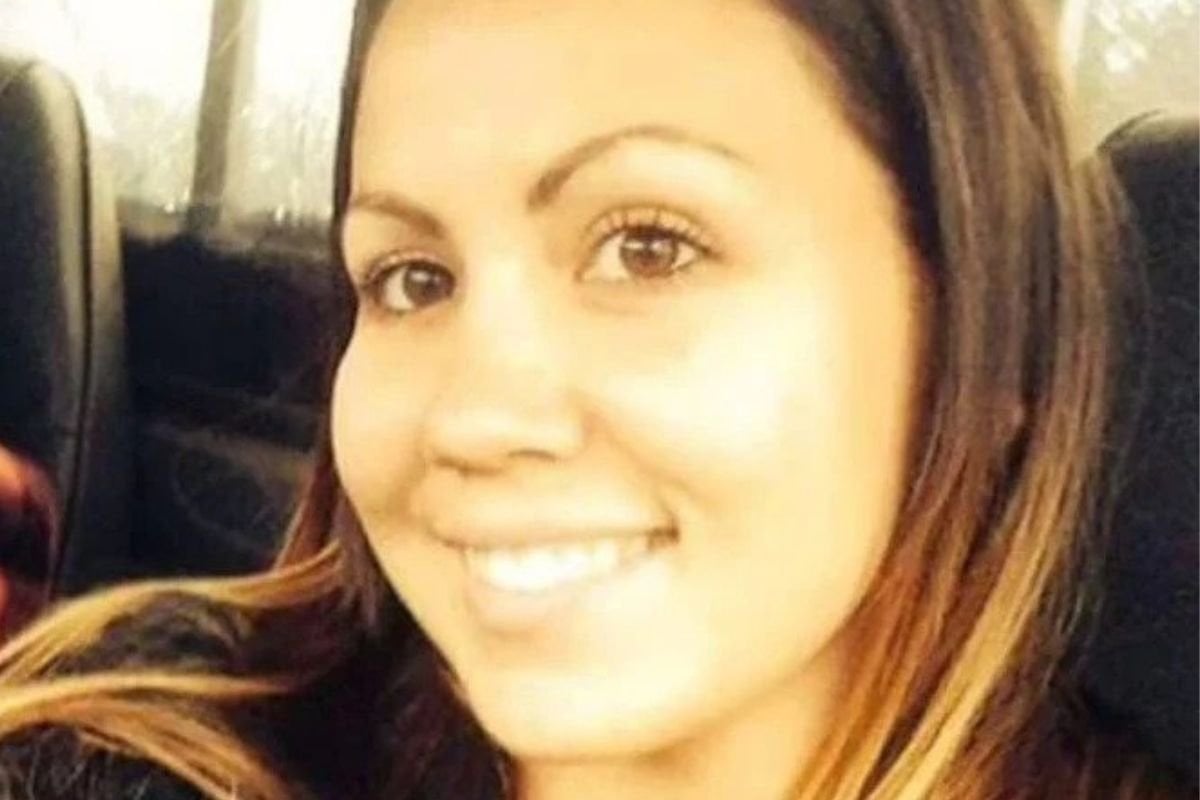
This post mentions suicide and domestic abuse and may be triggering for some readers.
It was around 5pm on June 26, 2014 when Amy Wensley answered a phone call from her mother.
"When she answered the phone, I’ve never, never heard her cry like that, never in my life," Amy's mother, Nancy Kirk , told Australian Story.
"What’s happened?" she asked her daughter, who lived in Serpentine, south of Perth.
"I f***ing hate him," Amy replied.
Watch: Amy's sister speaks about her death on Australian Story. Post continues below.
The 24-year-old mother-of-two explained she had a fight with her partner, David Simmons, and threw a beer bottle at him.
David reportedly grabbed her by the throat and slammed her to the floor.
"Pack your sh*t, get the girls," Nancy said. "I'll come and pick you up."
"No Mum, I'll be there soon," Amy replied, calming down.
18 minutes later, she was reported dead.

Top Comments